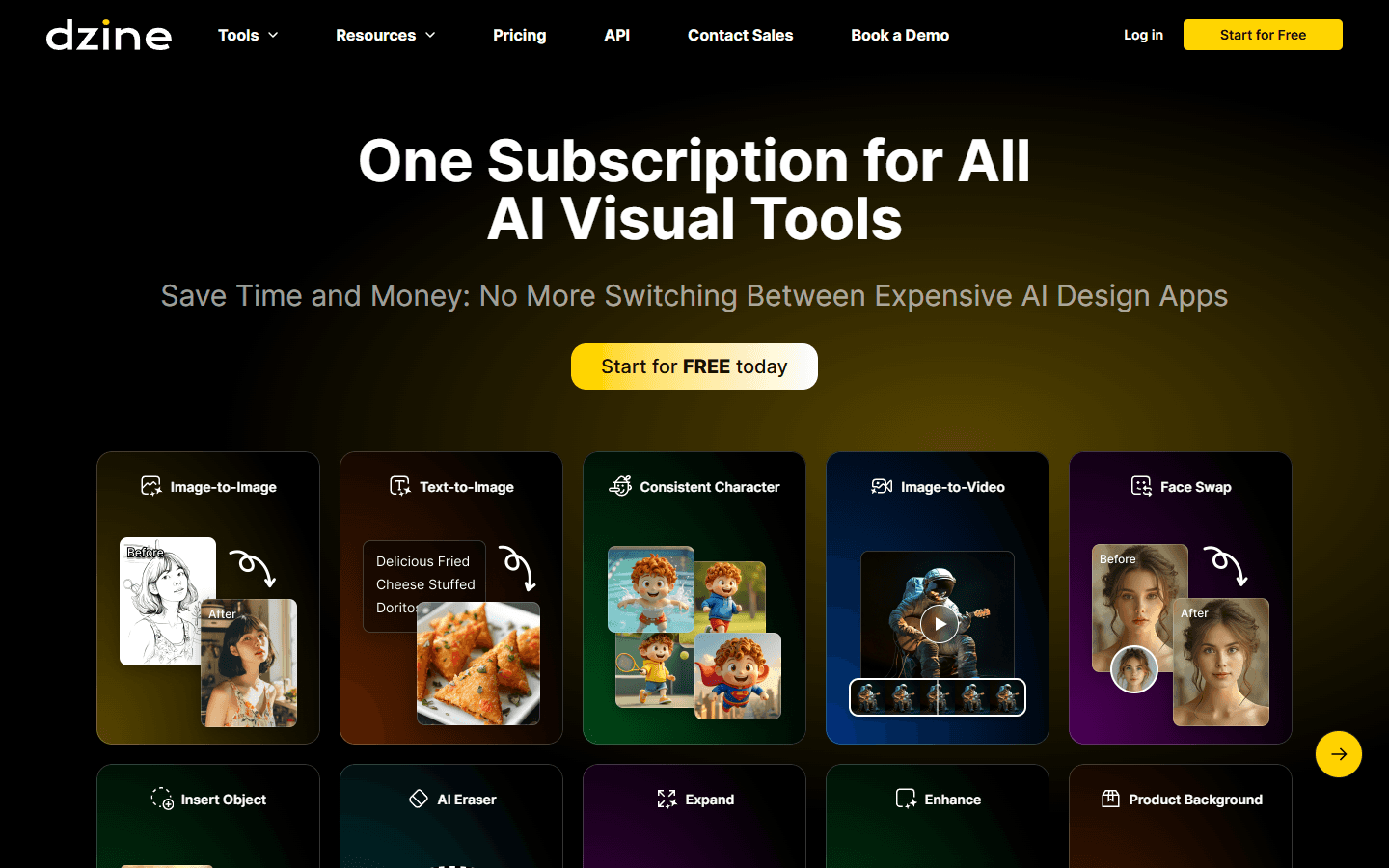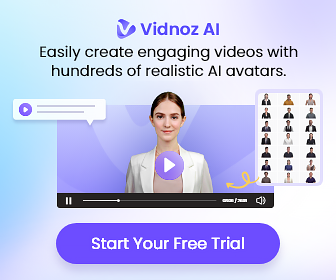
Dzine AI
Controllable AI image and design studio

Overview
Dzine AI (https://www.dzine.ai/) is a unified, controllable AI image and design platform built for creatives, product teams, and studios that need predictable, production-ready visuals. Combining text-to-image and image-to-image generation with a robust editing canvas, Dzine AI removes the friction of switching between multiple apps. Designers can generate concepts, refine details with generative fill, remove or replace backgrounds, and export high-resolution assets without leaving the interface.
What sets Dzine AI apart is its emphasis on control and continuity. The platform supports consistent character training, face match, color match, and pro-style storage so teams can maintain brand look and feel across large batches. Built-in auto-prompt generation powered by a conversational assistant reduces prompt engineering time, while adjustable sliders like style intensity and structure match give designers predictable outputs.
For iterative workflows, local edit tools, object insertion, an AI eraser, and expand/upscale features let users tweak images precisely rather than starting over. Dzine AI extends beyond stills: image-to-video, text-to-video, lip-sync support, and a 2D-to-3D converter help teams produce motion and depth assets for social, ads, and game prototypes. The platform offers an asset library, private generation options, and project permanence for collaborative or commercial work.
Flexible subscription tiers — including a free tier with daily credits and paid plans for higher throughput — make it suitable for hobbyists as well as agencies and enterprises. The Master plan adds large-scale features such as private character training slots, concurrent job queues, and expanded storage. Security and platform stability are reinforced by fair usage policies for high-volume automation, plus community and documentation resources to accelerate onboarding.
Whether you are iterating on product photos, building consistent characters for animation, or producing short marketing videos, Dzine AI blends generative power with hands-on design controls so teams create faster, with fewer surprises.
Core Features
- Text-to-image generation with adjustable style and structure control
- Image-to-image editing and generative fill for precise modifications
- Consistent character training and private character storage
- AI background remover and one-click product background replacement
- Image-to-video and text-to-video generation with lip-sync support
- Local edit tools: insert object, AI eraser, face swap, repair
- 2D-to-3D converter and AI expand/upscale for production-ready assets
- Auto-prompt generation via built-in GPT to speed concepting
Use Cases
- E-commerce product photos with automated background replacement
- Game dev character concepts with consistent character training
- Social ad videos generated from image sequences and text prompts
- Marketing teams producing on-brand image variations at scale
- Photographers removing objects and repairing faces quickly
- Mobile app mockups with style-matched assets and export-ready JPGs
- Brand style training for agencies to enforce visual consistency
- Rapid prototype packaging renders using expand and upscale
- Influencers creating stylized portraits with AI photo filters
- 3D asset generation from 2D art for AR previews and virtual try-on
Pros & Cons
Pros
- Unified generation and editing workspace
- Consistent character storage and training
- Built-in auto-prompting reduces prompt engineering
- Robust background removal and product tools
- Image-to-video and text-to-video capabilities
- Flexible freemium to enterprise pricing options
- High-resolution export options for production
- Local edits preserve source image fidelity
- Asset library and project permanence
- Concurrent job queues on higher tiers
Cons
- Free tier has daily credit limits
- Master plan fair use restrictions apply
- No refunds after subscription payment
- Advanced features gated behind paid tiers
- High-volume automation may be limited
FAQs
Video Review
Dzine AI Alternatives

Leonardo AI
AI Image Generator for Art, Video & Design

Hyperspace
Get Access to 1000+ AI-models with One Subscription

Writingmate AI
ChatLabs: All the Best AI Models in One Place

RunComfy
RunComfy: Top ComfyUI Platform - Fast & Easy, No Setup

Dreamina AI
Dreamina AI - Text-to-Image and Video Creator

Pippit AI
Free AI video generator for e-commerce and social

Wondershare Virbo
Generate Engaging AI Videos in Minutes!

Higgsfield AI
Cinematic AI video generator with pro VFX control
Featured

Sora 2
Transform Ideas into Stunning Videos with Sora 2

Tidio
Smart, human-like support powered by AI — available 24/7.

Free AI Article Summarizer
Free Article Summarizer

Ask AI Questions Online
Ask AI Questions for Free – Smart, Fast, and Human-Like Answers

Blackbox AI
Accelerate development with Blackbox AI's multi-model platform

AI Text Summarizer
AI Text Summarizer That Rocks: Faster Content Analysis

Animon AI
Create anime videos for free

Abacus AI
The World's First Super Assistant for Professionals and Enterprises

Free AI PDF Reader
Free AI PDF Reader – Smarter Way to Understand Any PDF

Higgsfield AI
Cinematic AI video generator with pro VFX control

Neurona AI Image Creator
AI image generator; AI art generator; face swap AI

Wan AI
Generate cinematic videos from text, image, and speech

Google Nano Banana
Fast multimodal Gemini model for production

ChatGPT Atlas
The browser with ChatGPT built in

Kimi AI
Kimi AI - K2 chatbot for long-context coding and research

AI Book Summarizer
AI Book Summarizer That Makes Books Easy to Grasp

